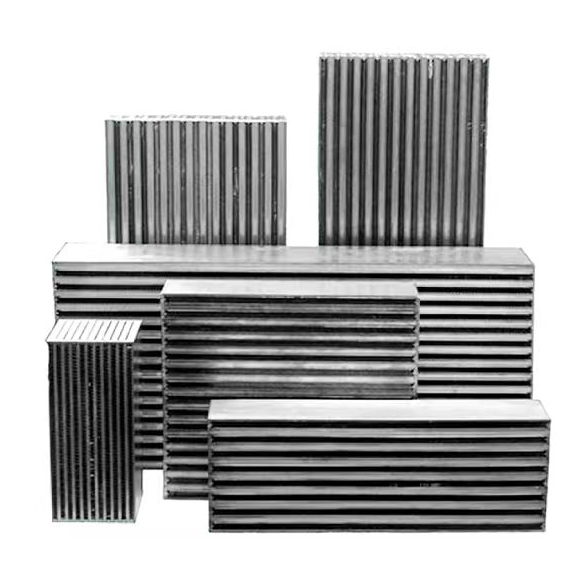The Efficiency and Versatility of Tube-Fin Radiators
Introduction: When it comes to efficient heat transfer in various applications, tube-fin radiators have proven to be a reliable and versatile solution. These radiators consist of a series of tubes connected to fins, allowing for enhanced heat dissipation. From automotive cooling systems to HVAC units, tube-fin radiators have become a popular choice due to their excellent thermal performance and adaptability. In this blog post, we will explore the key features, benefits, and applications of tube-fin radiators.
Efficient Heat Transfer: Tube-fin radiators are designed to maximize heat transfer efficiency. The interconnected tubes provide a large surface area for effective heat dissipation, while the fins help in increasing the overall heat transfer rate. This design allows for efficient cooling of fluids or gases flowing through the tubes, making tube-fin radiators ideal for applications that require effective temperature regulation.
Versatility in Design: One of the significant advantages of tube-fin radiators is their versatility in design. They can be customized to suit different requirements, such as size, shape, and material. The number and arrangement of tubes and fins can be tailored to optimize heat transfer based on specific operating conditions. This flexibility makes tube-fin radiators adaptable to a wide range of industries and applications.
Automotive Cooling Systems: Tube-fin radiators are commonly used in automotive cooling systems to regulate engine temperature. The radiator receives hot coolant from the engine, which flows through the tubes. As air passes over the fins, it dissipates the heat absorbed by the coolant. This process helps prevent engine overheating and ensures optimal performance. The compact design of tube-fin radiators allows them to fit within the limited space constraints of vehicles effectively.
HVAC Applications: Heating, ventilation, and air conditioning (HVAC) systems also benefit from tube-fin radiators. These radiators are employed in air handling units and heat exchangers to transfer heat between air and a refrigerant or water-based coolant. The large surface area provided by the tubes and fins facilitates efficient heat exchange, enabling effective temperature control in buildings, industrial processes, and other HVAC applications.
Industrial and Power Generation: Tube-fin radiators find extensive use in various industrial settings and power generation facilities. They are employed in oil coolers, intercoolers, condensers, and heat exchangers to regulate temperatures in machinery and equipment. The robust construction of tube-fin radiators allows them to withstand high operating pressures and temperatures, making them suitable for demanding industrial environments.
Conclusion: Tube-fin radiators offer an efficient and versatile solution for heat transfer in a wide range of applications. Their ability to maximize heat dissipation through interconnected tubes and fins makes them highly effective in cooling fluids and gases. Whether it’s automotive cooling systems, HVAC units, or industrial processes, tube-fin radiators provide reliable thermal performance. With their customizable design and adaptability, these radiators continue to be a preferred choice for engineers seeking efficient heat management solutions.
Post time: Jul-25-2023





